My biggest passion in photography is photographing landscapes.
There's a lot of reasons for this, but chief among them is that there are simply so many types of landscapes that can be used to create beautiful landscape photos. In many cases, landscapes have lots of features - mountains, trees, water, plants, rocks, beaches, rolling hills - you name it.
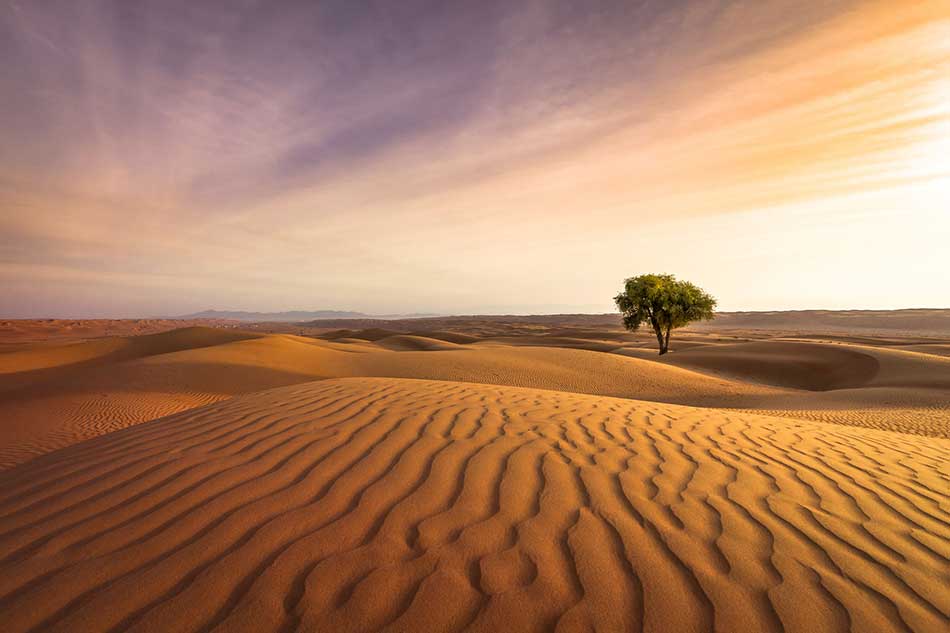
But sometimes, crafting a minimalist landscape image is a fun challenge.
I say it's a challenge because finding wide open spaces with little detail can be difficult in and of itself.
But beyond that, using negative space in photography and doing it well requires a good photography eye and a great attention to detail.
In the video above, Thomas Heaton documents his journey with negative space photography.
Below, I've outlined a few landscape photography tips Thomas discusses.
Editor's Tip: Improve the quality of your landscape photography by utilizing filters. Find the right filters for you.
In Negative Space Photography, You Still Need a Strong Subject
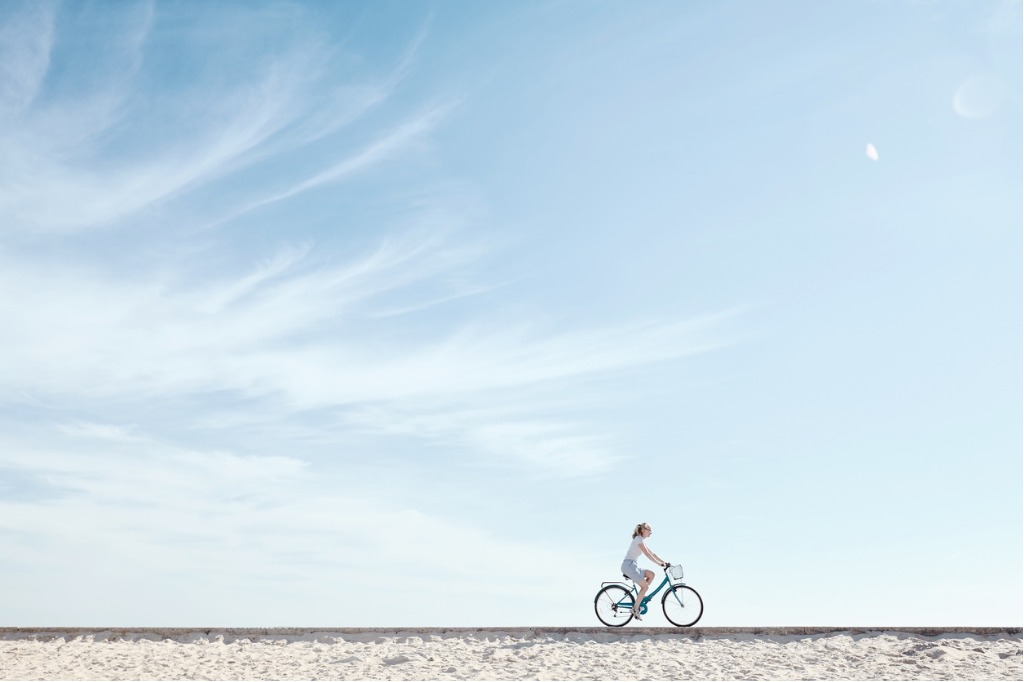
Just because you're looking for a landscape that's got a lot of open space doesn't mean that you don't still need a strong subject.
But when working with negative space, you don't necessarily need a big, hulking subject in your photo.
Since there's nothing in the negative space to draw the attention of the viewer, the subject can be something small, even delicate.
A stone or a rock, textures left in the sand by crashing waves, a single flower, and so forth can all be used as a strong subject that draws the viewer's eyes into the photo.
Get Outfitted With Proper Gear
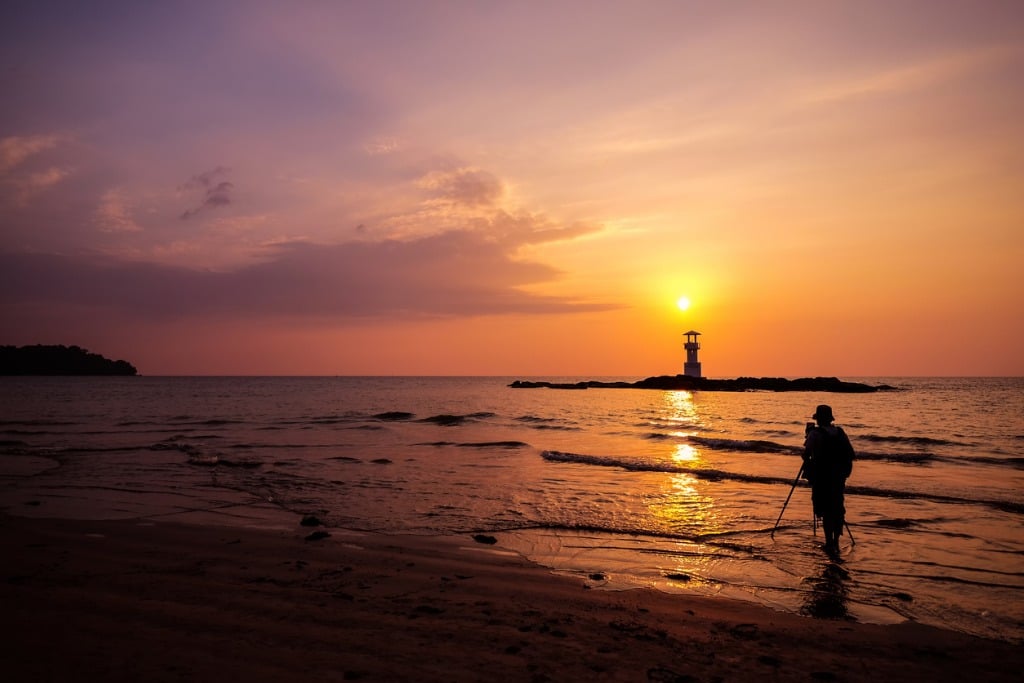
One thing you'll find when shooting positive and negative space is that a great way to ramp up the interest in the shot is to extend the shutter speed.
Even by using a shutter speed of just a few seconds, you can begin to see beautiful blur in clouds and water that make your photos - regardless of the subject - more compelling.
Of course, using a long shutter speed requires that you have a solid tripod to support your camera while the shutter is open. A camera remote is also a handy tool to have so you can trigger the shutter without actually touching the camera.
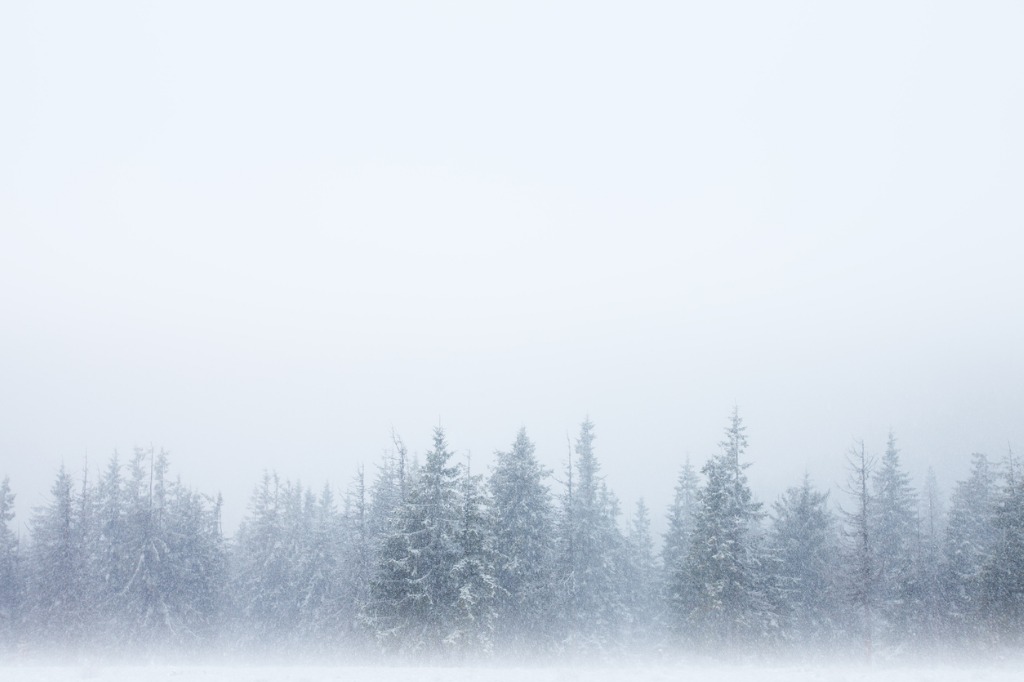
Another must-have piece of gear you need for landscape photography is a good set of filters.
I never leave the house without a polarizing filter, a couple of graduated neutral density filters, and a few solid neutral density filters as well.
That's because filters give you so much more visual impact in your photos, not to mention making post-processing a simpler task because you have fewer things to fix and tweak.
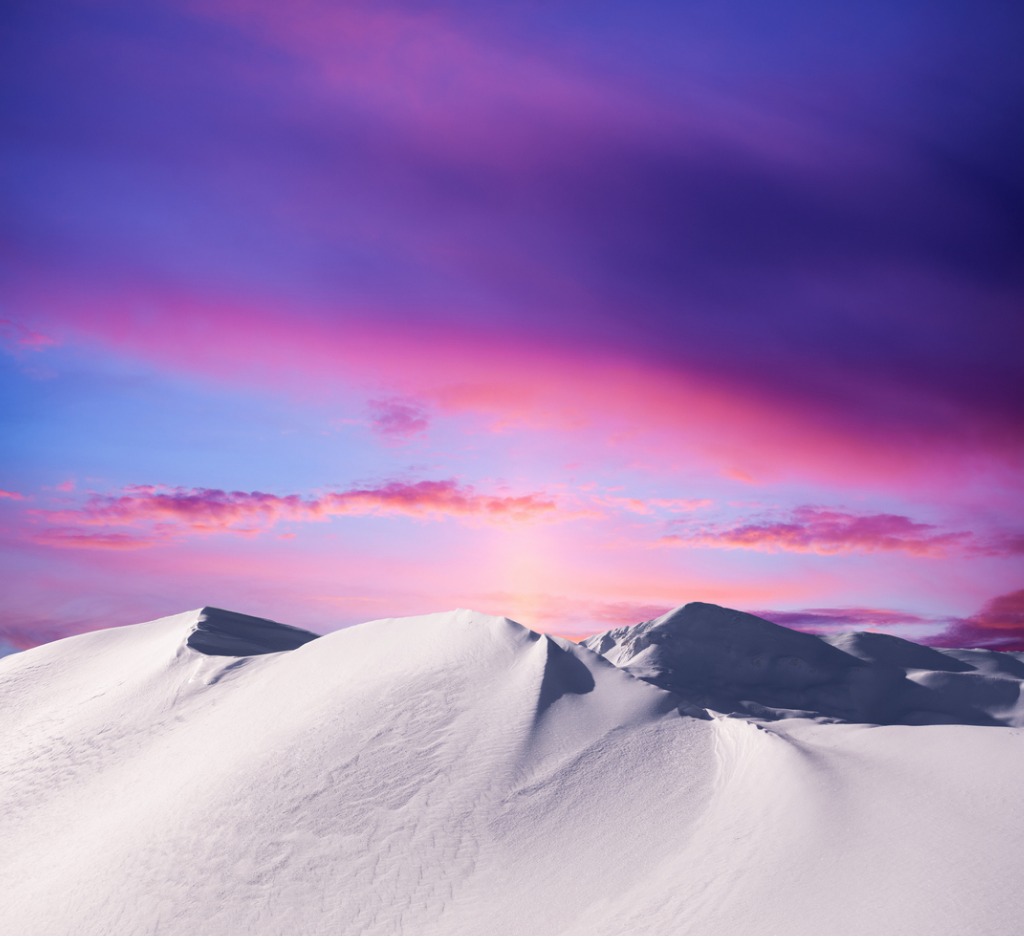
Here's what these filters can do for your landscape photos:
- Polarizer - Reduces glare, reduces atmospheric haze, boosts contrast in the sky
- Graduated ND - Reduces the dynamic range, specifically, darkens the sky so that you can get a well-exposed image throughout
- Solid ND - Reduces light entering the lens so you can extend the shutter speed for daytime long exposures.
This is a very quick and basic explanation of these filters.
Editor's Tip: A high-quality lens filter can make all the difference in how your landscape photos turn out. Get outfitted with landscape photography filters.
Good Light is a Must
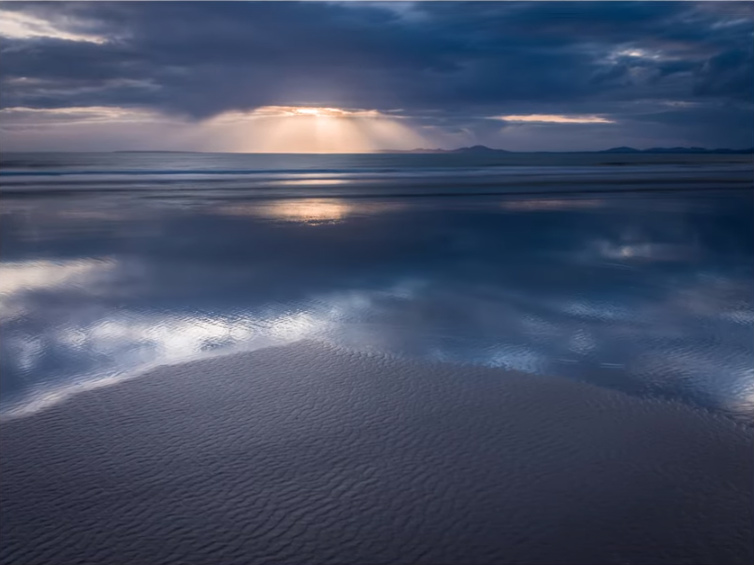 YouTube Screenshot/Thomas Heaton
YouTube Screenshot/Thomas Heaton
Obviously, you need good light to get a good photo.
But beyond light's role in the exposure of the image, in negative space photography, light can provide something else that can benefit your photos - color.
If you shoot at sunrise or sunset, for example, the brilliant rays of the sun can add warmth to the shot. Learn more about camera settings for sunrise on our website PhotographyTalk.com.
What's more, you can use that light to help draw people deeper into the shot.
In Thomas' photo above, you can see how the textures of the sand invite you in, and then your eyes are pulled toward the background by the warm tones of the sunset.
Again, you don't need a ton of detail in negative space photography - just enough to pique the viewer's interest.
Wrapping It Up
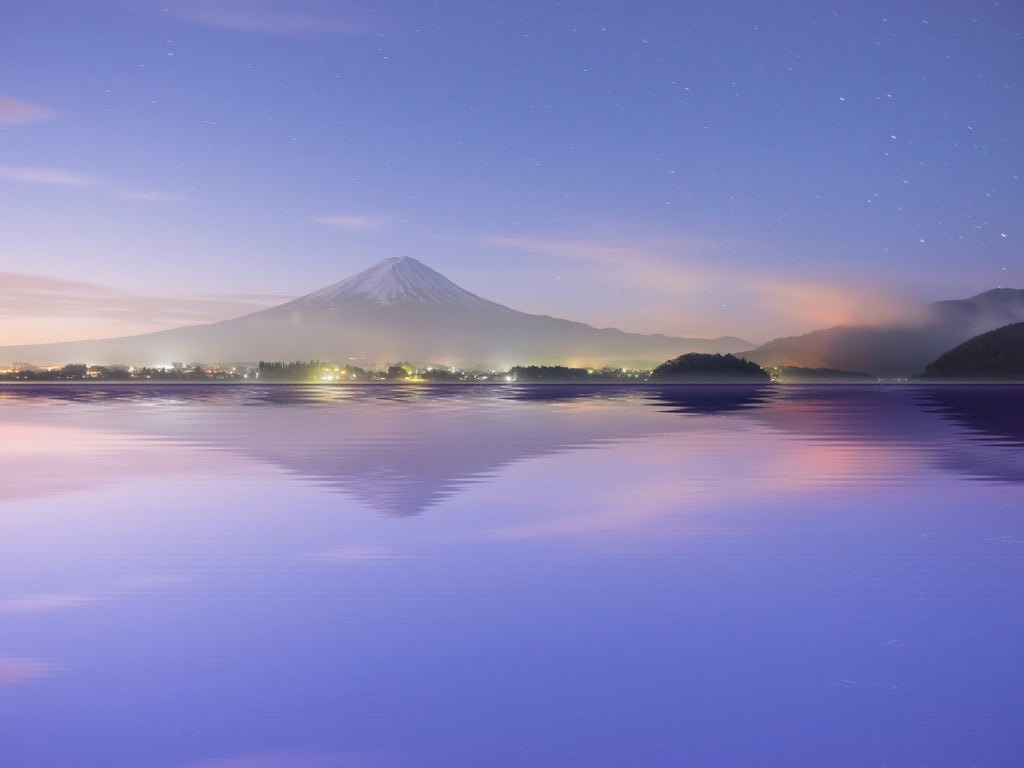
Taking gorgeous negative space photos (well, any type of photo) is a process.
You have to plan ahead, have the right gear and tools to get the job done, develop an eye for details, and, of course, practice.
Using negative space might seem a little scary, simply because it's so different from what we normally see in landscape photography.
But if you can master the steps outlined above, you will be well on your way to mastering negative space in photography.
This post about the topic "How to Use Negative Space in Landscape Photography" was first published on our website here https://www.photographytalk.com/landscape-photography/8419-how-to-use-negative-space-in-landscape-photography